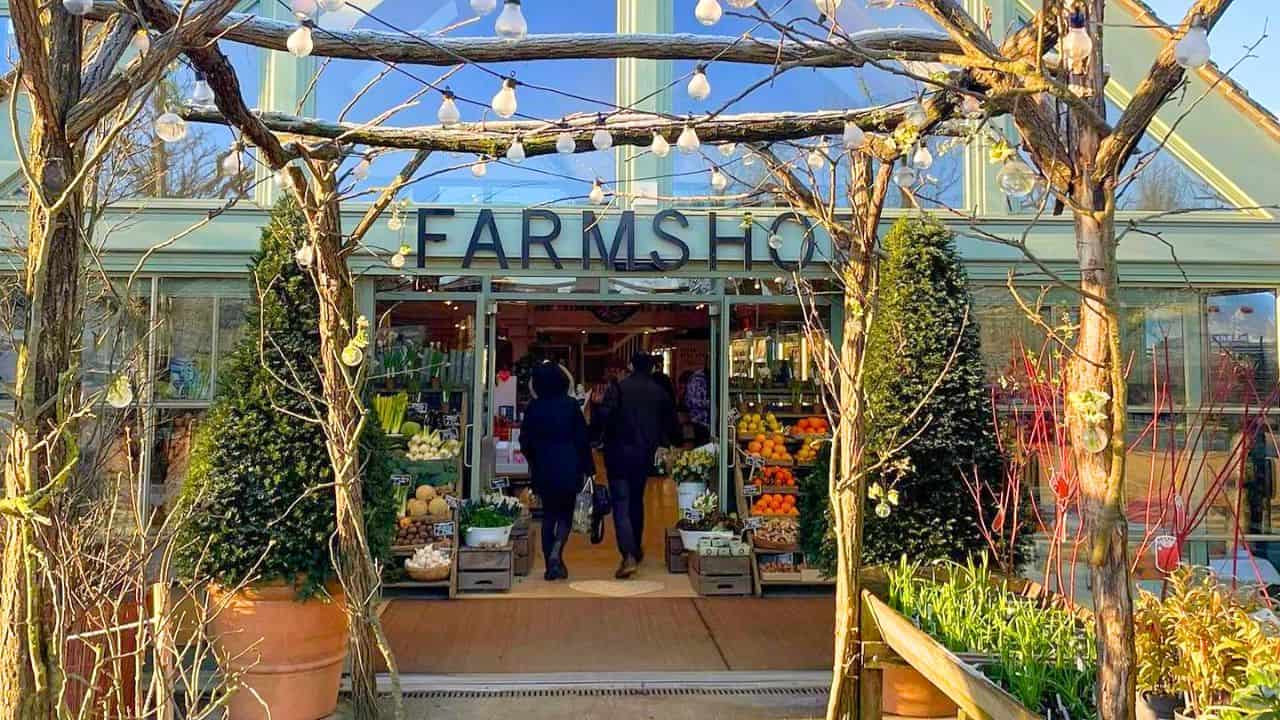Did you know it’s FairWild Week this week? From 25 June for a week, it’s time to go wild for wild plants.
This is the second year that FairWild (with help from Pukka Herbs) wants to shout about the wonderful properties of wild herbs and plants – and how important it is that they’re harvested in a way that’s sustainable for the land, and the people who pick them.
All over the world, herbs grow in some of the most marginal bits of land.
In a recent report carried out by FairWild, the organisation suggests that around 60,000 species are harvested to use in our food, our skincare, our vitamins and our medicines but sadly 10,000-12,000 of those plant species are now under threat from over consumption or unsustainable management.
Read why FairWild is important and the difference it makes in preserving habitats here.
So how should you forage sustainably?
If you’ve never got out there, read on for some essential beginner foraging tips.
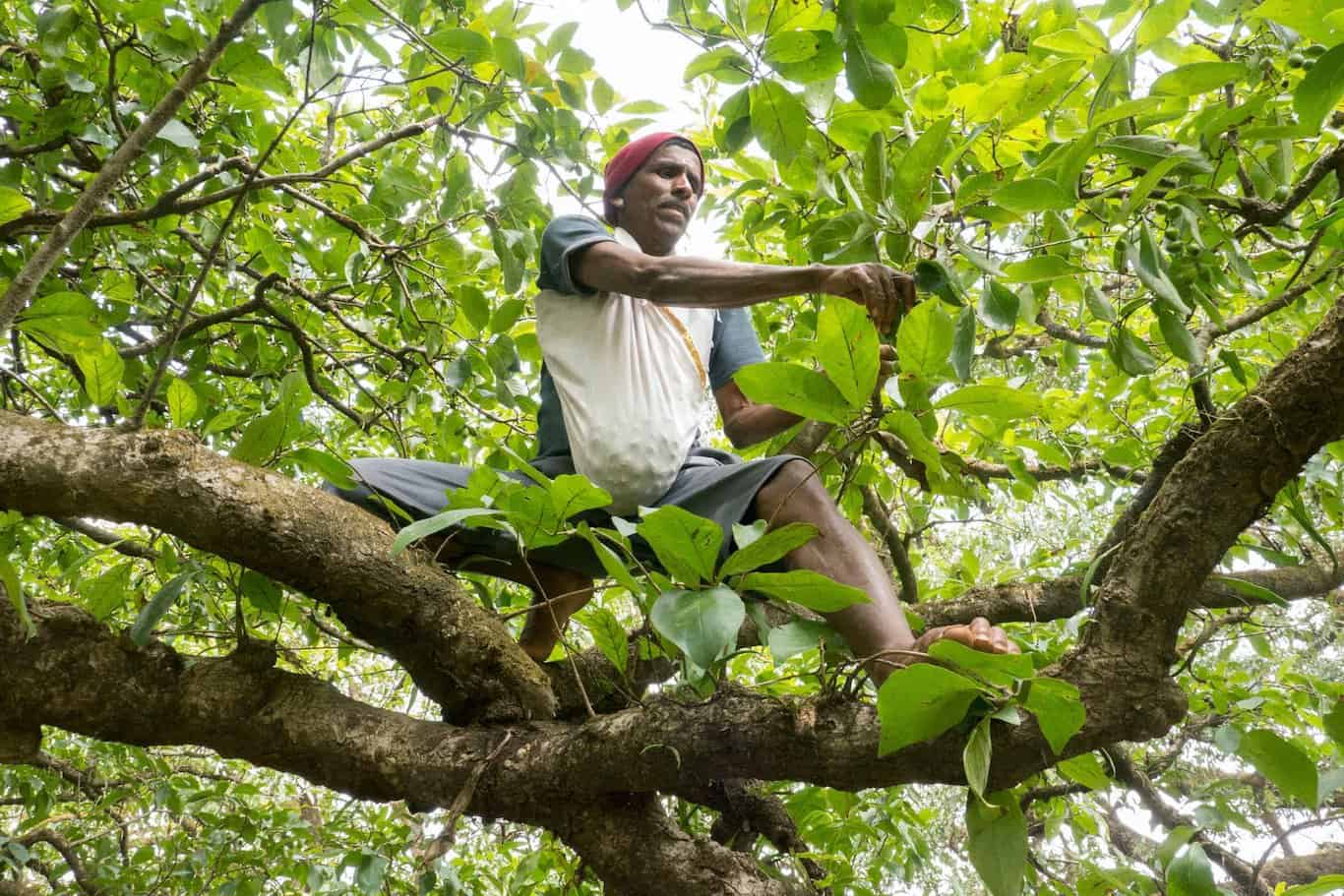
How to forage fairly
Forage legally and respectfully
When choosing your location, make sure there are no legal restrictions or land owners to ask permission from. Conservation areas and parks should be off limits too.
Abundant flowers, seeds, leaves and herbs are best
Only collect flowers, leaves, fruits and seeds where they are in abundance, meaning there are plenty for you, other foragers and other species to enjoy.
Investigate your plants
Only take and consume wild plants when you know what they are. Investigate plant species before and during your forage and be cautious until you become more experienced. Not only could a species be dangerous to you, you could also be picking a rare and protected plant.
Roots should be left alone
Uprooting plants can be harmful but also unnecessary. Try to only pick the flowers, leaves and berries without damaging the roots.
Leave plenty for others to enjoy
Foraging is good fun and you’re not the only one who thinks so. Be aware that other people will have foraged before and will after you so try not to take too much. Wild food is vital for the survival of the UK’s wildlife too.
YOLO (You Only Live Once) – and so do plants so only take what you will use
Do not just collect everything you see and sort it out later, only pick what you know you will use or consumer. And watch out for where you are putting your feet during your forage, chances are you are standing on food for
Want to do some seashore foraging? Read River Cottage’s expert seaside foraging tips here.
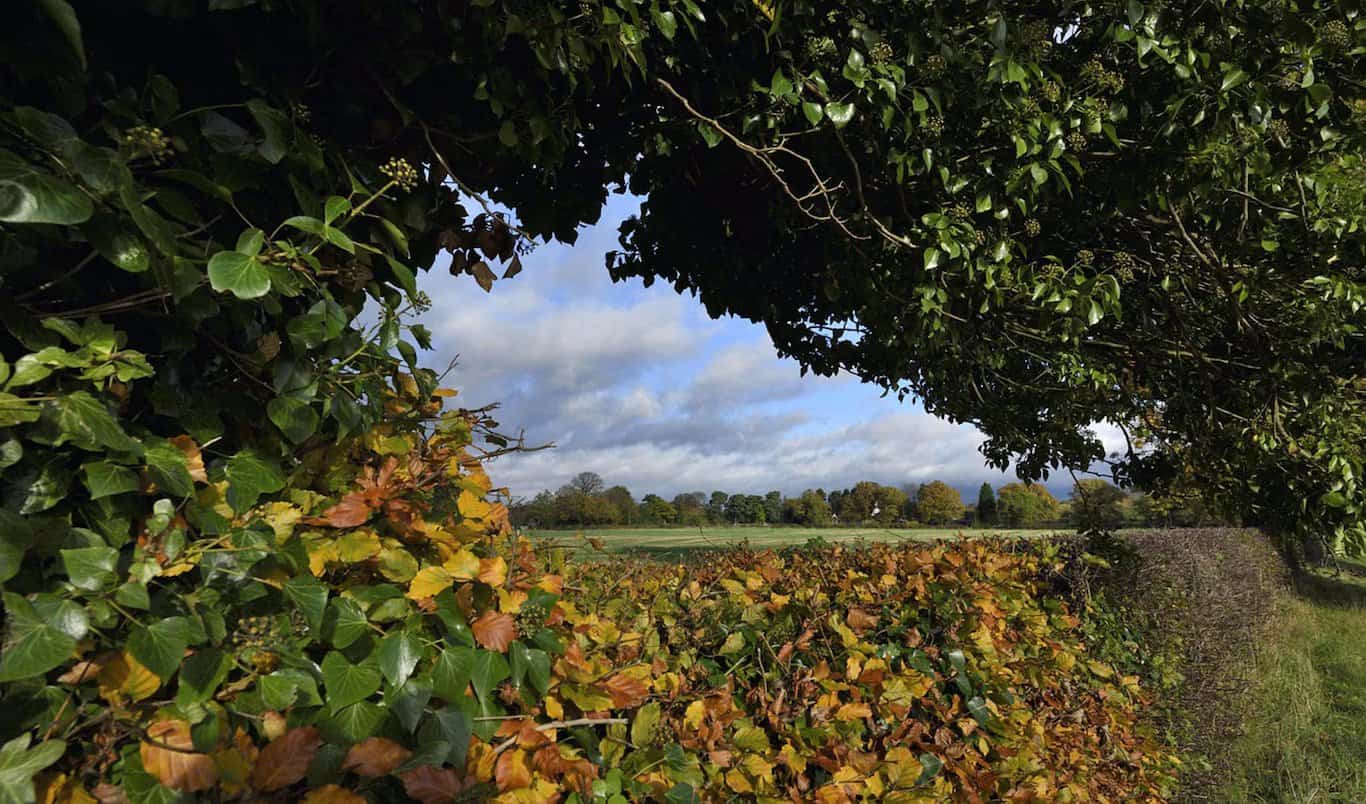
5 British plants to forage to get you started
Nettle
Be careful how you pick them but nettles are full of things our bodies need, like iodine, iron and potassium and give the same protein kick as spinach. It’s also thought to help kidney function and lower blood pressure as a tea. You can find white head and red dead nettles as well as the common nettle by roadsides, on waste land and well, probably, anywhere you care to look.
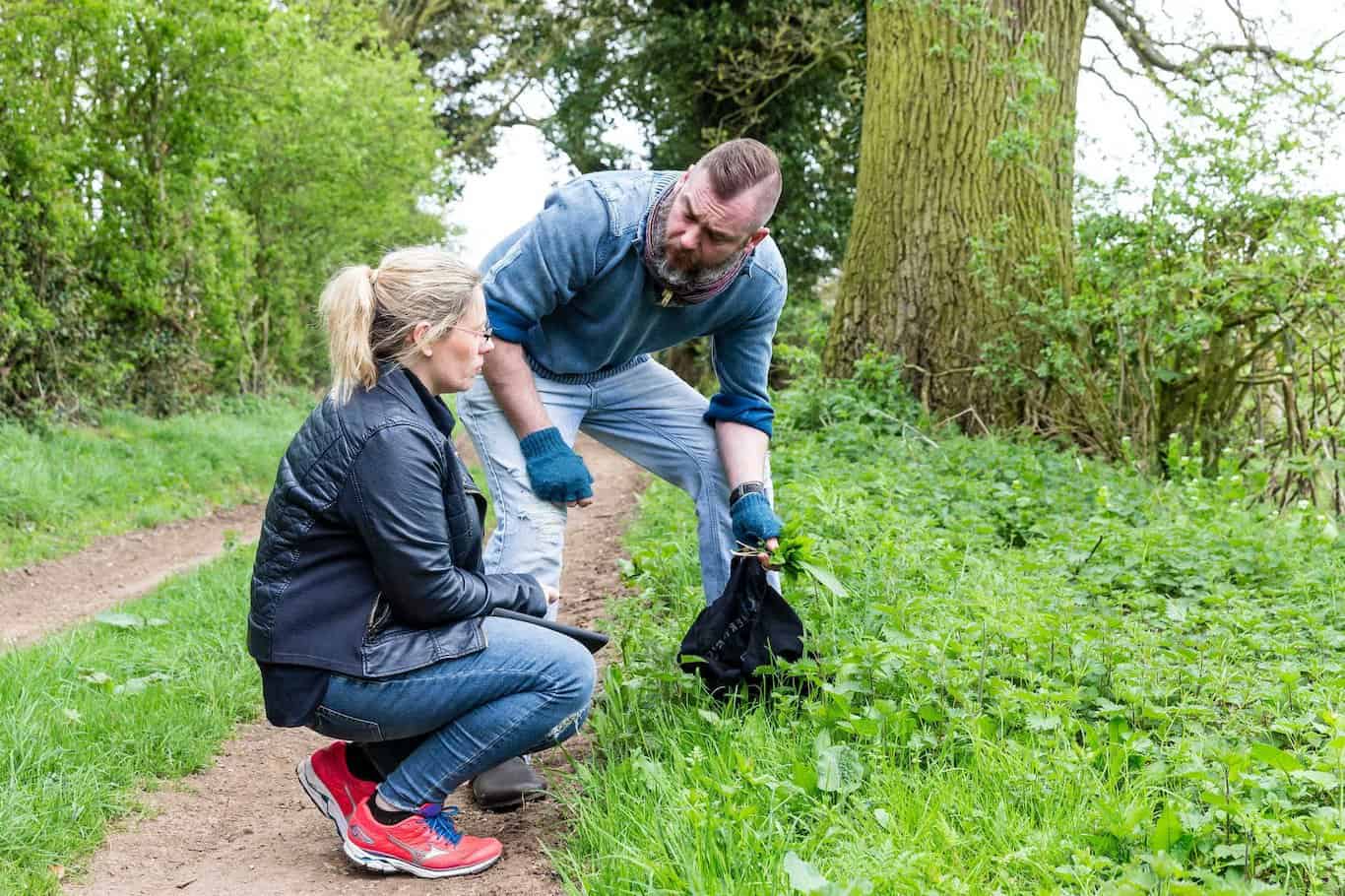
Rosehip
The fruit of the rose, rosehips are around every autumn and are small red little berries that cling on after the summer heat. Collect them and dry them out, they can be used in tea, or as a cordial and even be turned into a wine. They pack a powerful punch of Vitamin C, often useful in winter.
Raspberry leaf
Raspberries don’t just come from supermarkets. You can find wild patches of them on the edges of scrubby lands and forests. Raspberries tend to appear in early summer but you can pick and dry the leaves all year round. The dried leaves make a tea that’s packed with magnesium, potassium, iron and B vitamins. It’s thought to help women’s fertility, regulating hormones and helping with nausea..
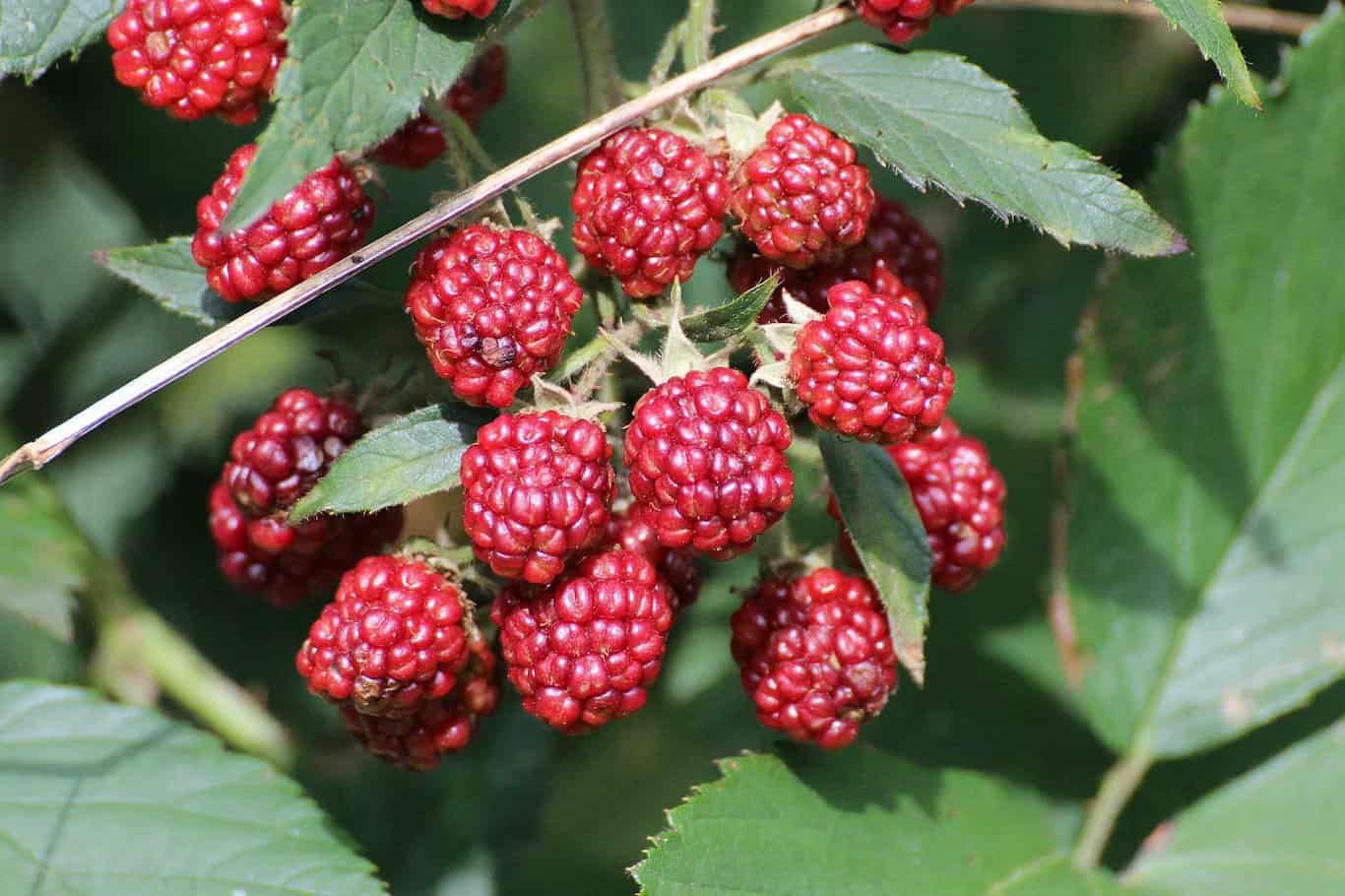
Elderflower
The elder is a small tree that you’ll find in woods and by hedges. White flowers bloom in May and you can turn them into cordial or batter and eat the elderflower heads (note, both berries and flowers are slight toxic when raw, but fine when cooked)
Elderberry
Elderberries are what elderflowers develop into. Look for small, purple-sh clumps of low hanging berries. Elderberries make great jams, crumbles and pies in the autumn.
Did you hear about the Welsh restaurant that only serves foraged foods? Click here to read the story.







